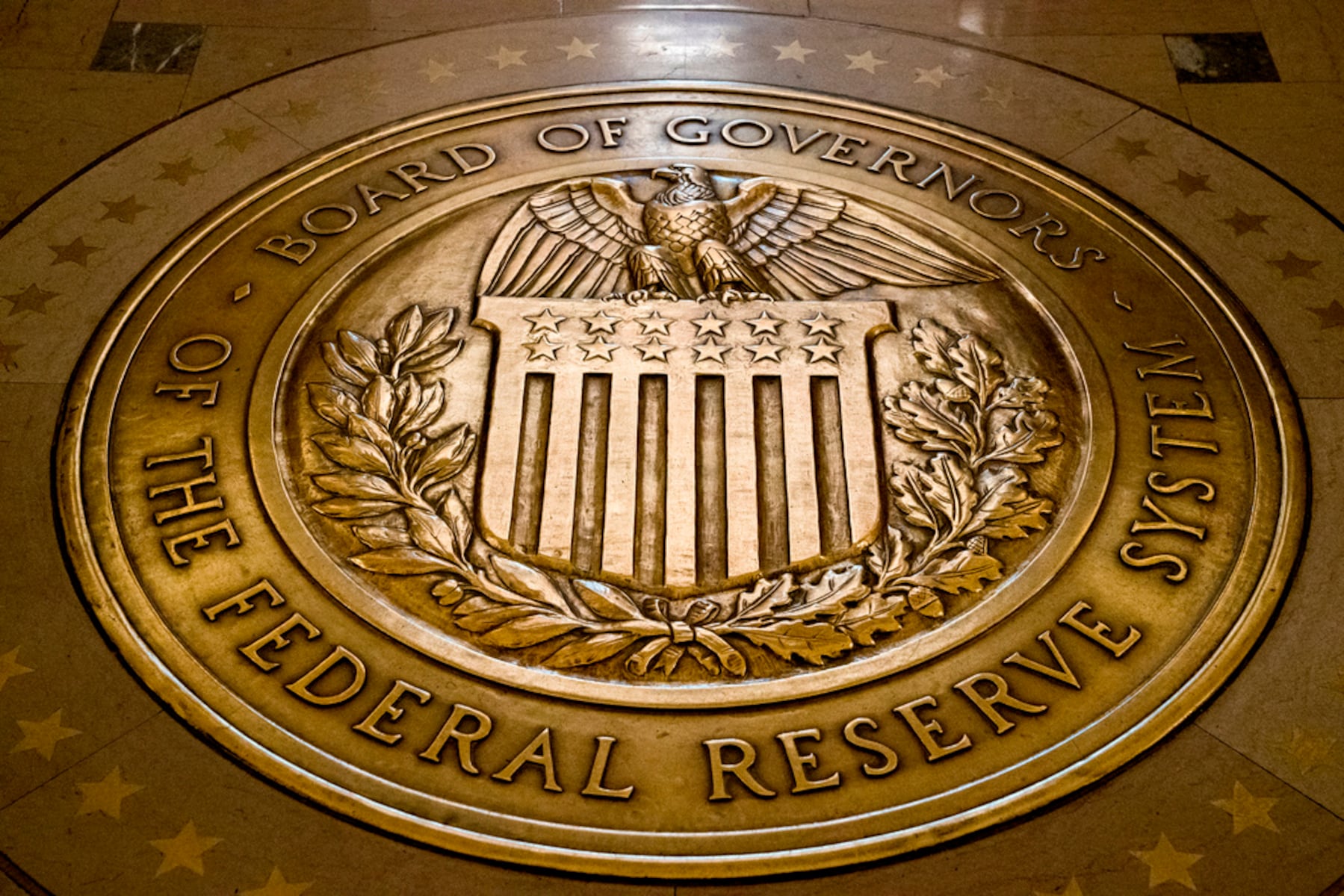Federal Reserve Chair Jerome Powell reiterated a cautious monetary policy approach this week, signaling no immediate concessions to calls for interest rates reductions, notably from President Donald Trump. This steadfast position comes as the US Economy navigates complex signals, with the central bank prioritizing stability over hasty adjustments. The Inflation Outlook remains a critical determinant in their decision-making.
The Federal Reserve opted to maintain its benchmark short-term interest rates for the fifth consecutive time this year, a move widely anticipated by financial markets. However, Jerome Powell indicated that assessing the full impact of current tariffs on the US Economy and subsequent inflation trends could require several months. This deliberate pace suggests that a September rate cut, once a strong possibility for some economists and investors, now appears less likely.
“We’ve learned that the process will probably be slower than expected,” Powell stated, emphasizing the extensive analysis required to fully comprehend how tariffs might influence inflation and the broader US Economy. This commitment to thorough evaluation underscores the Federal Reserve’s patient monetary policy strategy amidst evolving economic indicators.
Intriguingly, signs of internal disagreement within the Federal Reserve’s governing board emerged during the recent meeting. Governors Christopher Waller and Michelle Bowman notably dissented, advocating for reduced borrowing costs. This marks a rare occurrence, with two of the seven Washington-based governors voting against the majority, hinting at diverse perspectives on the optimal monetary policy trajectory.
The Federal Reserve’s decision to defer a rate cut will almost certainly intensify political rhetoric, as President Trump has consistently pressured the independent central bank to lower interest rates. This ongoing tension highlights the unique position of the Federal Reserve as one of the few federal agencies operating with a degree of autonomy from direct political influence, a cornerstone of its monetary policy effectiveness.
Market sentiment visibly shifted following Powell’s press conference. Futures pricing for a September interest rates reduction, which previously held nearly a 60% probability, dropped to just 45%. This immediate reaction suggests that market participants interpreted Powell’s commentary as a definitive pushback against immediate easing, reinforcing the Federal Reserve’s measured stance on the Inflation Outlook.
Jerome Powell articulated the delicate balance the Federal Reserve faces: cutting interest rates too soon could ignite further inflation, while delaying too long risks harming the job market. This careful navigation of economic risks is central to the Federal Reserve’s dual mandate, ensuring long-term economic health and stability for the US Economy.
The overarching consensus within the committee, as underscored by Powell, is that inflation remains above the Federal Reserve’s target of 2%, even as the job market largely maintains its strength. This framework dictates keeping interest rates elevated to prevent an inflationary outbreak, aligning with the Federal Reserve’s monetary policy objectives. Upcoming inflation data, particularly the Fed’s preferred gauge, will provide further insights into this dynamic.
Looking ahead, the Federal Reserve’s quarterly forecasts from June suggested two rate cuts this year. With only three policy meetings remaining—in September, October, and December—the path forward for interest rates will be closely watched. While rate cuts often lead to lower borrowing costs for consumers, the Federal Reserve’s deliberate approach underscores its commitment to data-driven monetary policy decisions for the US Economy.





Leave a Reply